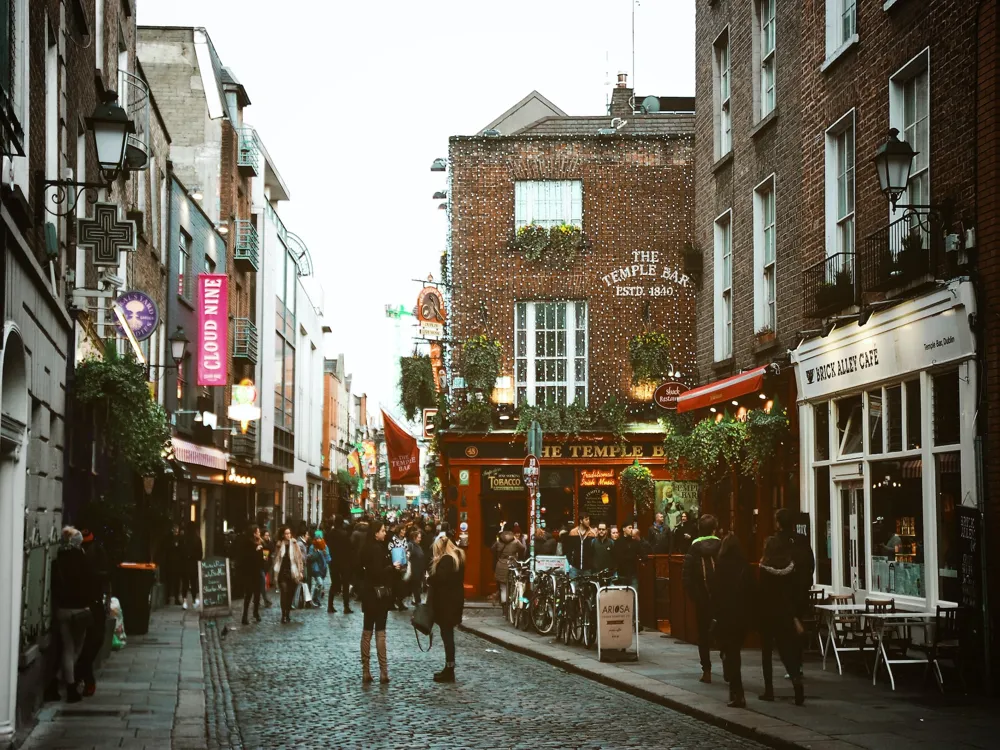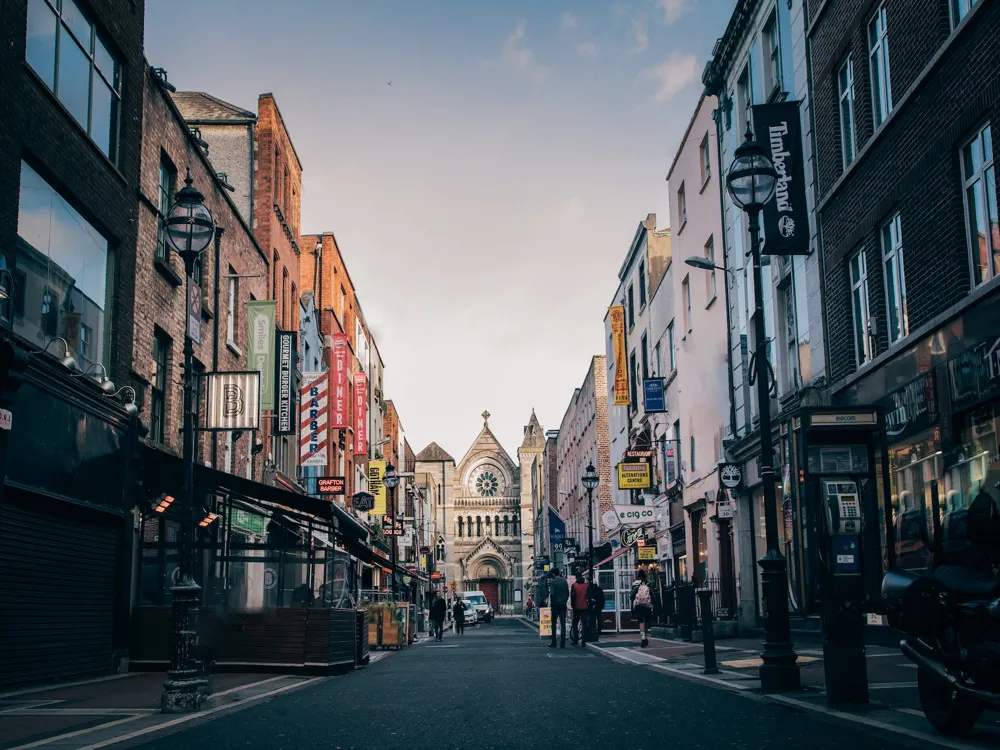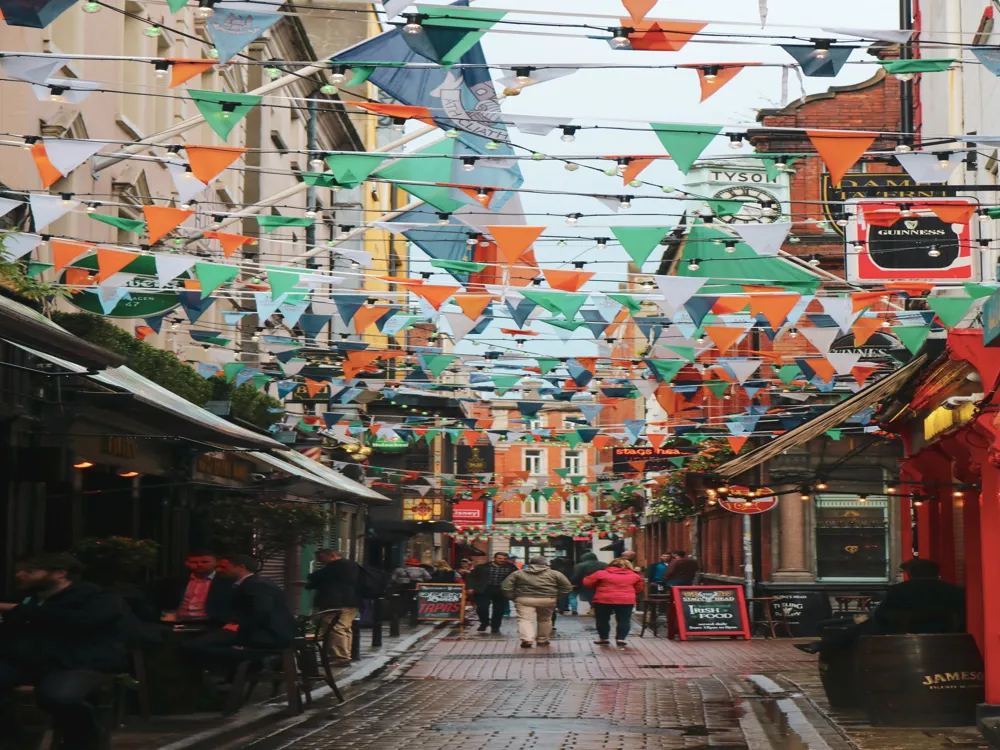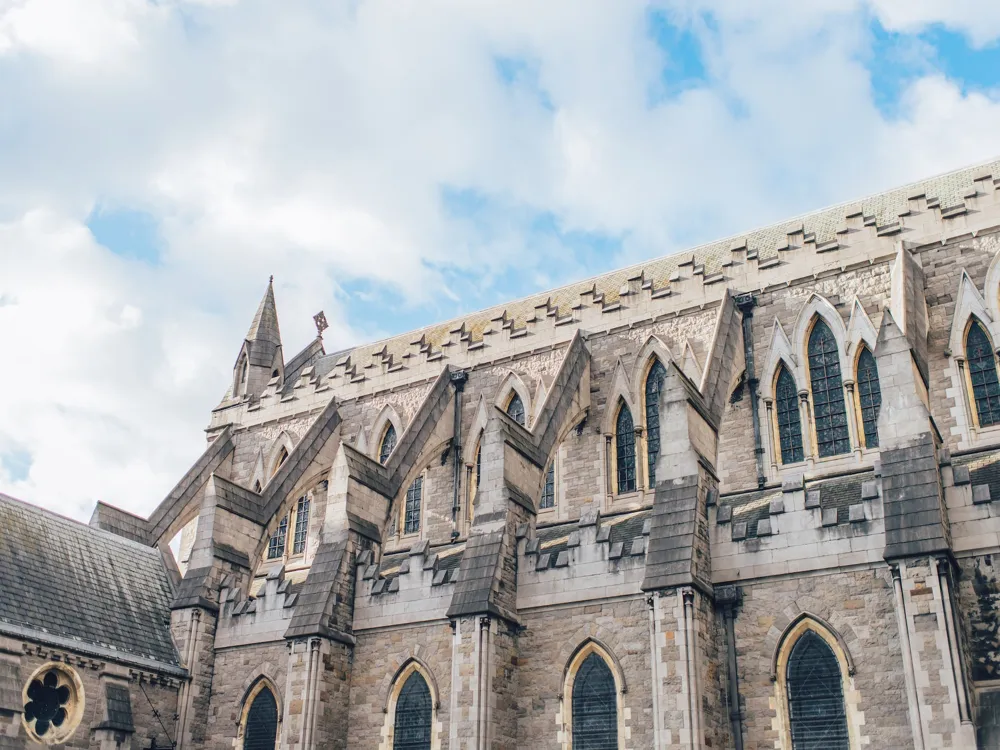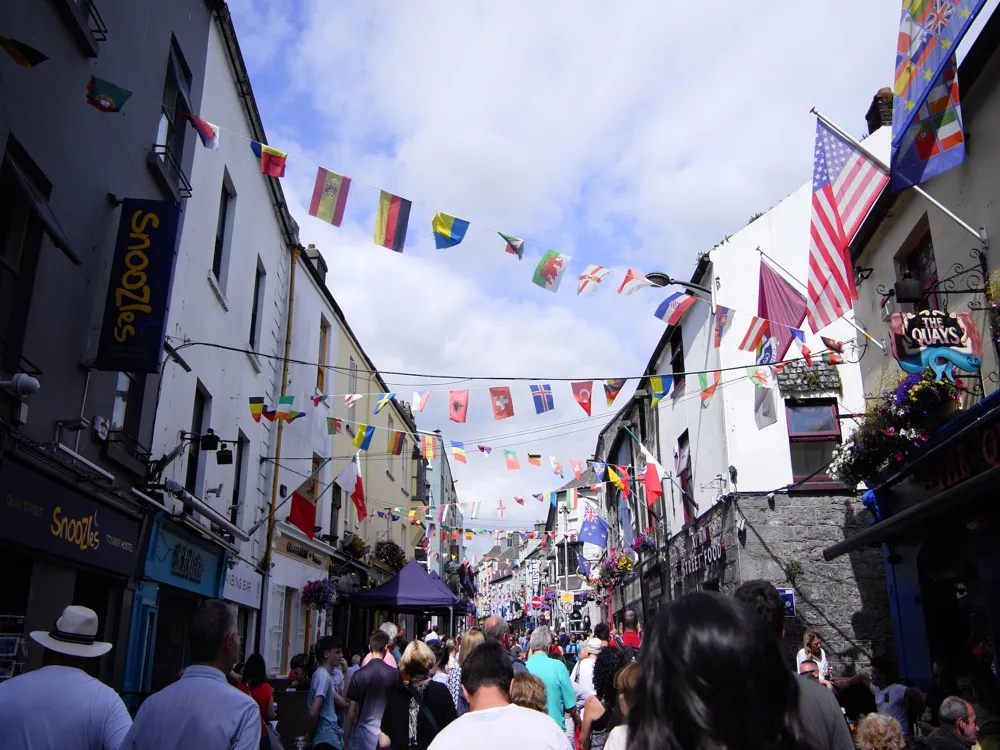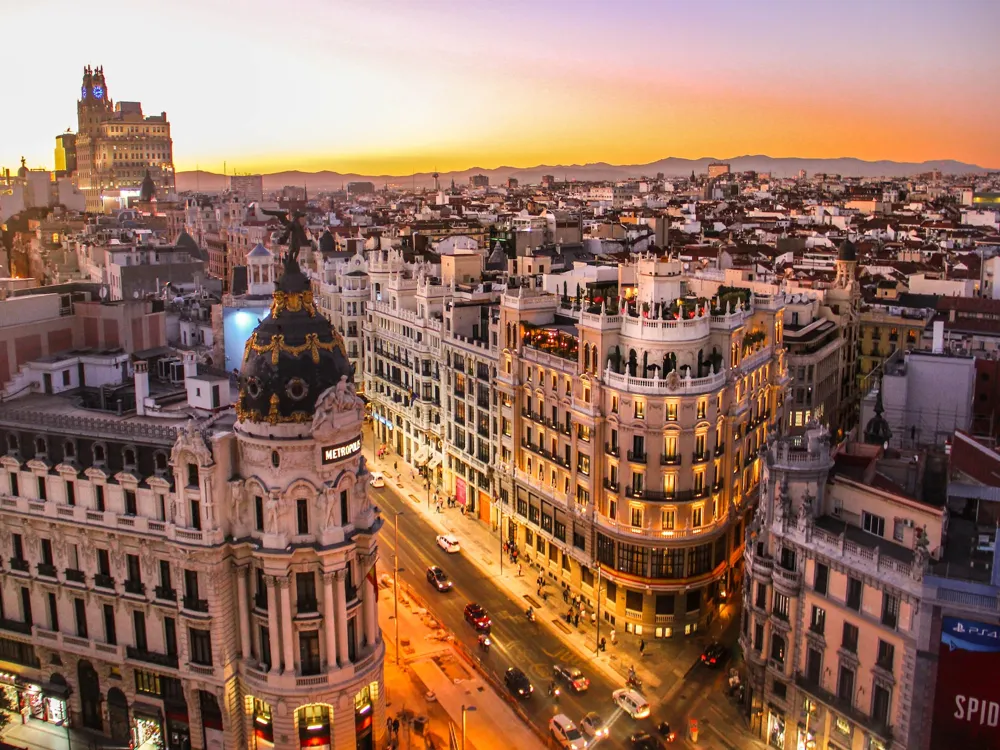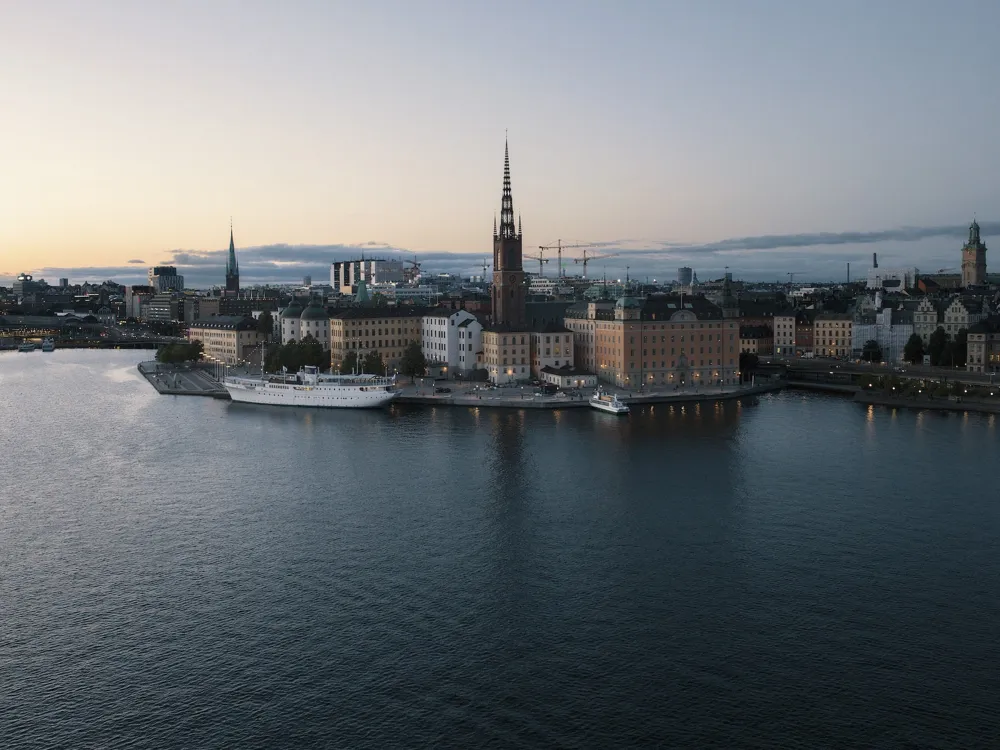Best Time to Visit Dublin
Ireland
1 out of 4 Places to visit in Ireland₹ 84,000 onwards View Packages
Get Customized PackagesThe Land of Diversity
Top Hotel Collections

Private Pool

Luxury Hotels

5-Star Hotels

Pet Friendly
What is the Best Time to Visit Dublin?
When planning a trip to Dublin, the timing of your visit can significantly impact your experience. The vibrant capital of Ireland has its own unique charm throughout the year, offering diverse experiences based on the season. Let's delve into the intricacies of Dublin's different seasons to help you plan the perfect itinerary.
More about Best Time to Travel to Dublin
Travel Peak Season in Dublin
Dublin's peak season, stretching from late spring to early fall, is a bustling time when the city comes alive with events, festivals, and a lively atmosphere. Dublin Tourism The months of June to August witnessed a surge in tourists eager to explore Dublin's rich history, cultural landmarks, and vibrant nightlife. While the streets are filled with energy, it's essential to plan ahead and book accommodations and tours in advance to make the most of your visit.
Travel Offseason in Dublin
Dublin Tour Packages For those seeking a quieter experience, the offseason, spanning from late fall to early spring, is an excellent choice. During this period, Dublin enjoys a more relaxed pace, allowing visitors to explore its attractions without the crowds. The weather may be cooler, but the city's charm remains intact. Hotels and attractions often offer discounts, making it an economical choice for budget-conscious travelers.
Dublin Travel Packages
View All Packages For Dublin
Dublin in Shoulder Season
Shoulder seasons, including spring (April to May) and fall (September to October), offer a perfect balance between the vibrant peak and the tranquil offseason. During these months, Dublin experiences milder weather, and you can enjoy outdoor activities without the peak-season hustle. It's an ideal time for those who prefer a more temperate climate and wish to explore Dublin's cultural and natural attractions at a comfortable pace.
Dublin in Hot Season
Dublin's hot season, from June to August, is characterized by warmer temperatures and longer daylight hours. This is the peak of tourist activity, with outdoor events, festivals, and cultural celebrations taking place. From exploring historic sites like Trinity College to enjoying a pint of Guinness in traditional Irish pubs, the hot season provides an immersive Dublin experience.
Dublin in the rainy season
Dublin's rainy season, typically from November to February, brings cooler temperatures and occasional rain showers. While it might not be the ideal time for outdoor activities, the city's museums, galleries, and indoor attractions offer a refuge from the weather. Additionally, the misty atmosphere adds a unique charm to Dublin's streets, creating a cozy ambiance perfect for exploring its literary history and iconic landmarks.
Dublin in Cool Season
The cool season, from March to May and September to October, presents Dublin with a mild climate, making it an excellent time for leisurely walks through parks and along the River Liffey. The city begins to awaken from winter's slumber, with flowers blooming and outdoor spaces coming to life. It's an opportune time to experience Dublin's cultural scene without the bustling crowds, allowing for a more intimate connection with the city's heritage.
Places To Visit In Dublin
Nearby Places Dublin
Dublin Photos
View All Photos For DublinBrowse Package Collections
Browse Hotel Collections
Faq
Q: When is the best time to visit Dublin for pleasant weather?
A: The best time to enjoy mild and pleasant weather in Dublin is during the late spring and early summer months, from May to early July. During this period, temperatures are generally comfortable, ranging from 15 to 20 degrees Celsius (59 to 68 degrees Fahrenheit), making it ideal for outdoor activities.
Q: What is the peak tourist season in Dublin?
A: The peak tourist season in Dublin occurs during the summer months, from June to August. During this time, the city experiences an influx of visitors, and popular attractions may be more crowded. If you prefer a quieter experience, consider visiting during the shoulder seasons of spring (April to May) and autumn (September to October).
Q: Are there any specific events or festivals that make certain times of the year more appealing to visit?
A: Yes, Dublin hosts various events and festivals throughout the year. The St. Patrick's Day celebrations in mid-March are particularly famous, attracting visitors from around the world. Additionally, the Dublin Theatre Festival in September and the Dublin Fringe Festival in September-October showcase the city's vibrant cultural scene.
Q: Is there a time to avoid visiting Dublin due to weather or other factors?
A: Winter months, from December to February, tend to be colder and wetter in Dublin. While the city has its own charm during the festive season, those seeking milder weather and outdoor activities might find this period less appealing. It's also worth noting that some attractions may have reduced hours or closures during the Christmas and New Year holidays.
Q: What is the best time to explore Dublin's cultural and historical sites?
A: For an optimal cultural and historical experience, consider visiting Dublin in the shoulder seasons of spring (April to May) and autumn (September to October). During these months, the weather is generally pleasant, and attractions are less crowded, allowing for a more immersive and enjoyable exploration of the city's rich heritage.

